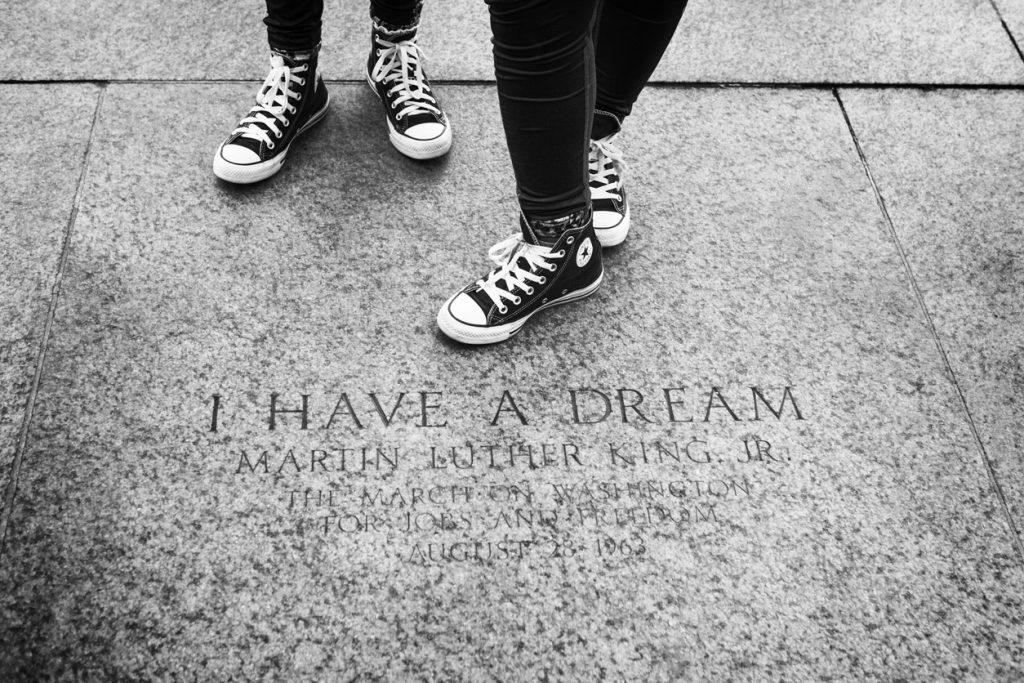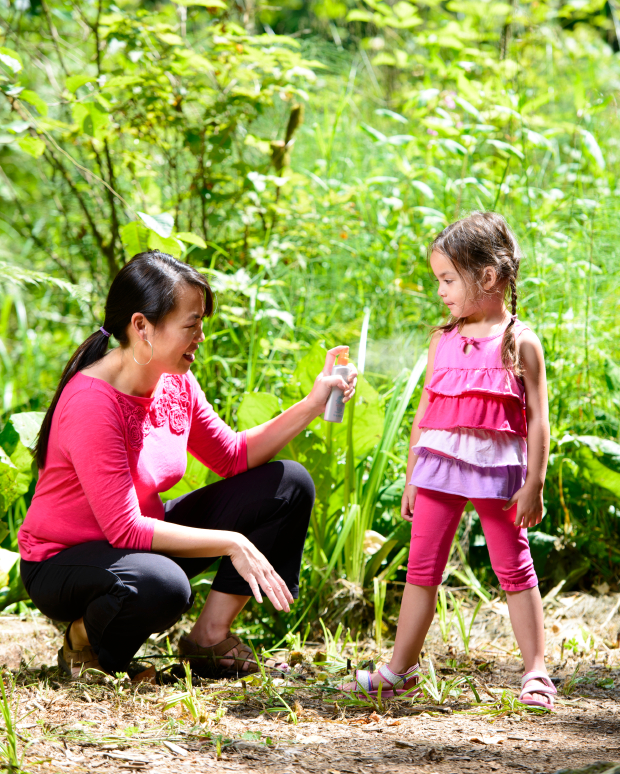With the celebration of Martin Luther King Jr. Day this week, let us use this holiday as a springboard for discussions about culture and diversity with our children. For many of us, these topics aren’t the easiest to bring up in our families. It is all too easy to just avoid conversations that are hard. Unfortunately, discrimination and prejudice are realities in our world – not just in history but in the present time. As parents we have the responsibility and privilege to raise our youth to be educated and aware of these issues so they can stand up for what is right and make the world a better place. I encourage us to use this time of year to commit or re-commit to cultural awareness, education and social justice – and particularly making this a priority in how we raise our children. So with this goal in mind, I offer a few simple ways to go beyond intention to action.
Jump-start conversation:
- Ask your children what they know about Martin Luther King Jr. Day. Ask them why we celebrate this holiday and what they’ve learned in school about Dr. King. Use this is as a starting point for discussing not just racial discrimination in American history but also ways in which discrimination against various peoples still occurs.
- Be open in talking about the differences of people with your children. From an early age, children start noticing these differences. So, talk about it. Discuss various ways people are different from one another, differences in gender, age, height, skin color, physical abilities, mental abilities, ethnic backgrounds, religious beliefs, sexual preferences, etc. Talk about how everyone should be treated equally and fairly no matter what their differences may be.
Don’t avoid difficult topics:
- Children are innately curious and are bound to ask questions. Some questions might be a struggle as a parent to answer in the best way. When this occurs, fight the urge to shy away from these discussions. Instead, use these as teachable moments. It’s OK to not always have the answers. For many questions, we can seek out resources. These could be websites, books at the library, museums and cultural events in our community.
- The next time you are at the library with your children, make a conscious effort to select books that include characters of different races, are set in different cultures or cover topics about diversity, social justice or historical events from different perspectives. For older children, look up books providing education about important past events. For example, slavery, the Civil Rights Movement in the United States or the Holocaust during World War II.
Seek out teachable moments:
- While watching movies together as a family, be cognizant about teachable moments related to acceptance of diversity and fair treatment of all. For example, this past weekend during movie night with my kids, there was a scene that included bullying behavior toward a child who was different. I paused the movie. We talked briefly about what was going on in the scene. Why was that child being excluded? How was he different? How do you think each character was feeling? What might be a better choice and outcome?
- Talk to children about reasons why others might mistreat those who are different. One common reason is out of fear. People are often fearful of things that are different because they are unknown. Food is a simple way to help children understand this. When we’re initially presented with a new food, our first reaction might be, “Yuck, that looks disgusting!” And we likely have that reaction before we have even tried it. We should encourage children to try new food because they might like it. And even if they don’t like it, they likely won’t be afraid of it anymore. For kids who are adventurous, consider taking them to different ethnic restaurants to try new types of food.
- Other types of “field trips” can also be great opportunities to expose children to people who are different from themselves. Particularly if you live in a community where you most often see people of a similar race, ethnicity, religion, etc., you might consider visiting a different area. For example, why not take your children to visit the downtown of a larger city, a farming community, or a specific cultural or ethnic festival or parade?
Move from intention to action:
- Talk to your child about ways they’ve noticed unfair treatment of others in their own local community, including neighborhood and school. Encourage your child to keep an eye out for simple acts of discrimination or prejudice. Teach them that if they notice something, they should do something about it. For example, if they see a peer being called a derogatory name on the playground, they should stand up for that peer. If they are hesitant to approach the name-caller, then they should tell an adult. Encourage your child to be proactive about standing up against discrimination. Encourage treating everyone how they would like to be treated. They can do this is by looking for simple ways to be inclusive, such as inviting a peer who often plays alone to join their group of friends at recess.






Comments